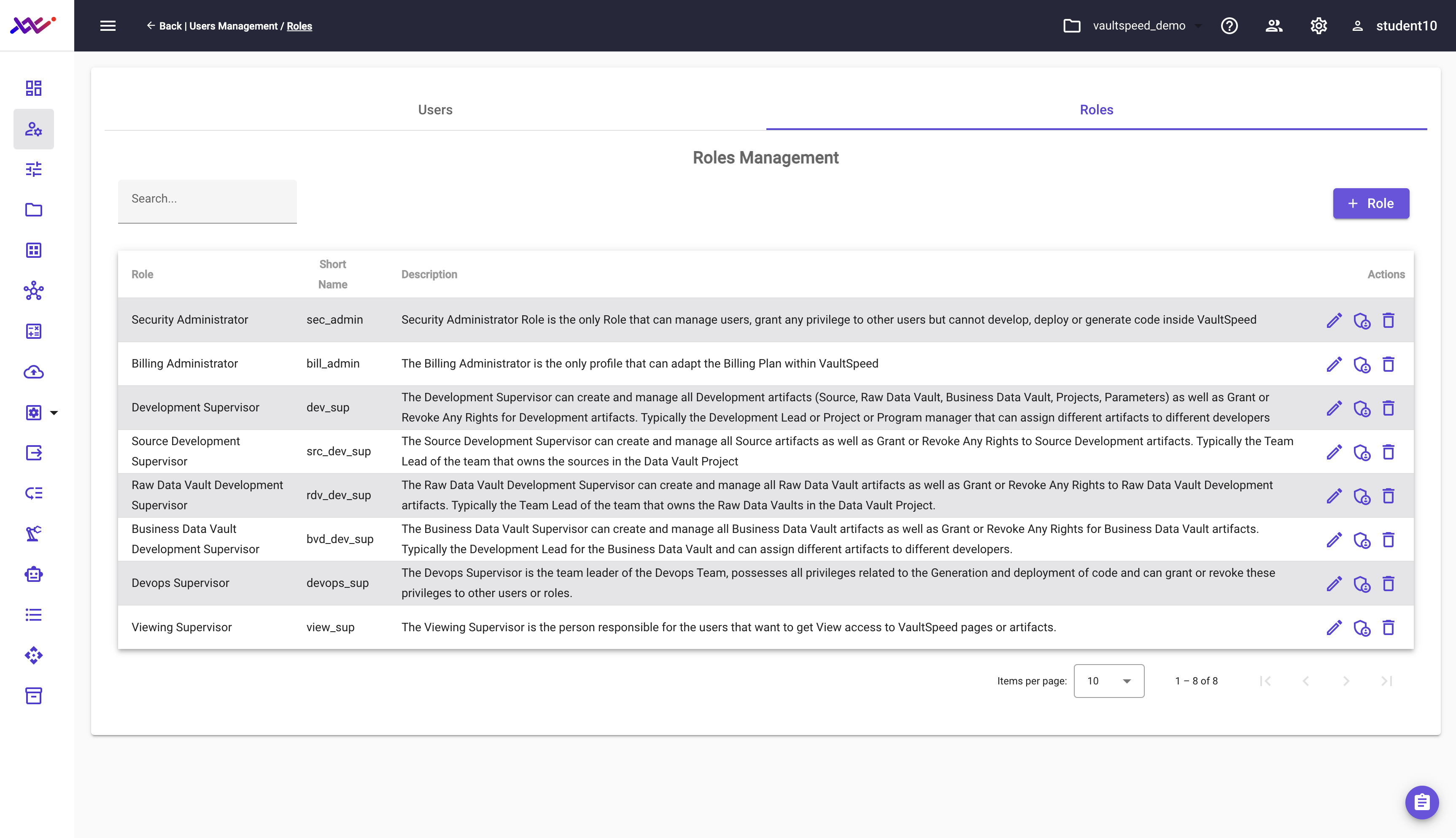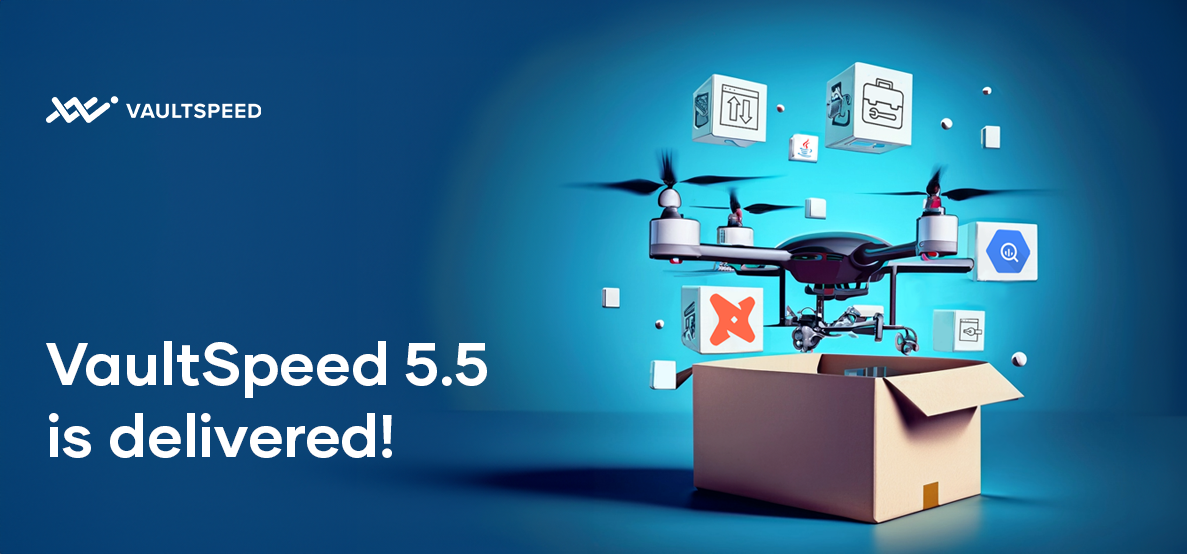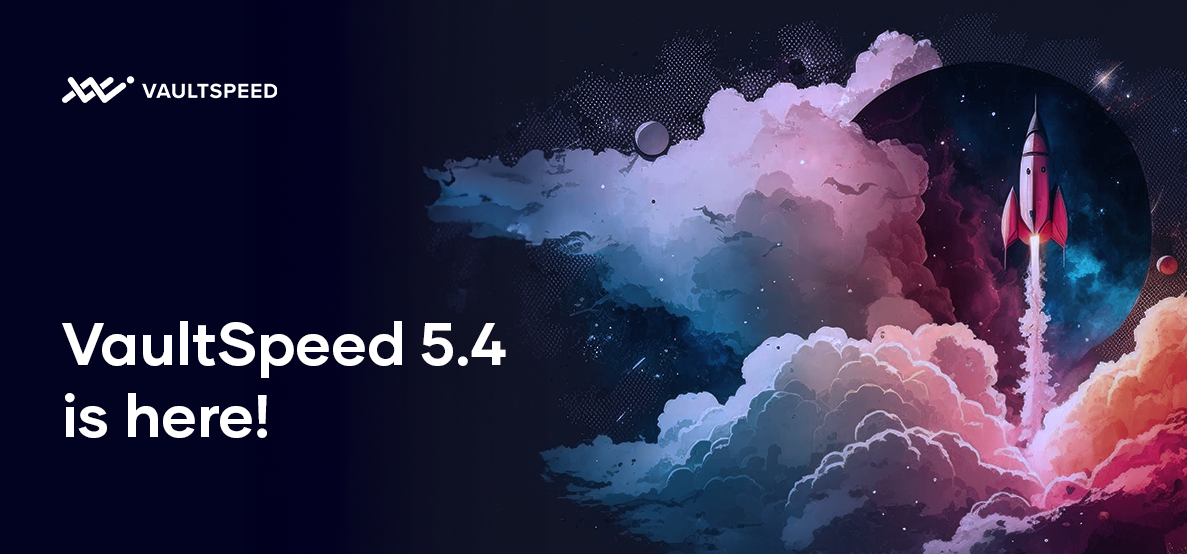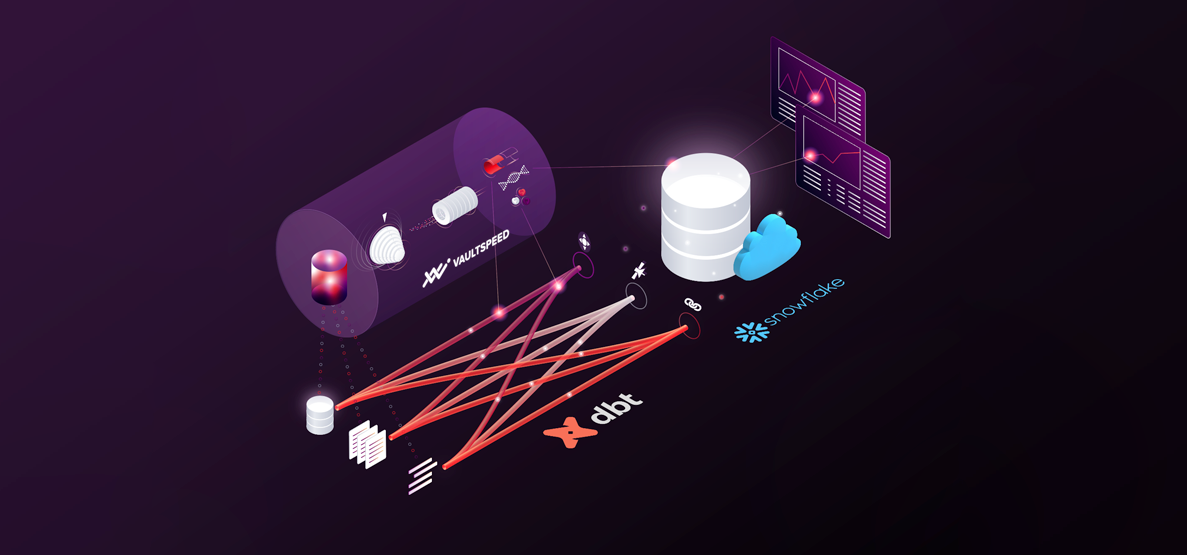Our latest update, Version 5.6, is now available!
VaultSpeed, with capital S | Release 5.6 includes significant performance improvements, better Bitbucket integration, and increased code generation flexibility
November 20th, 2023
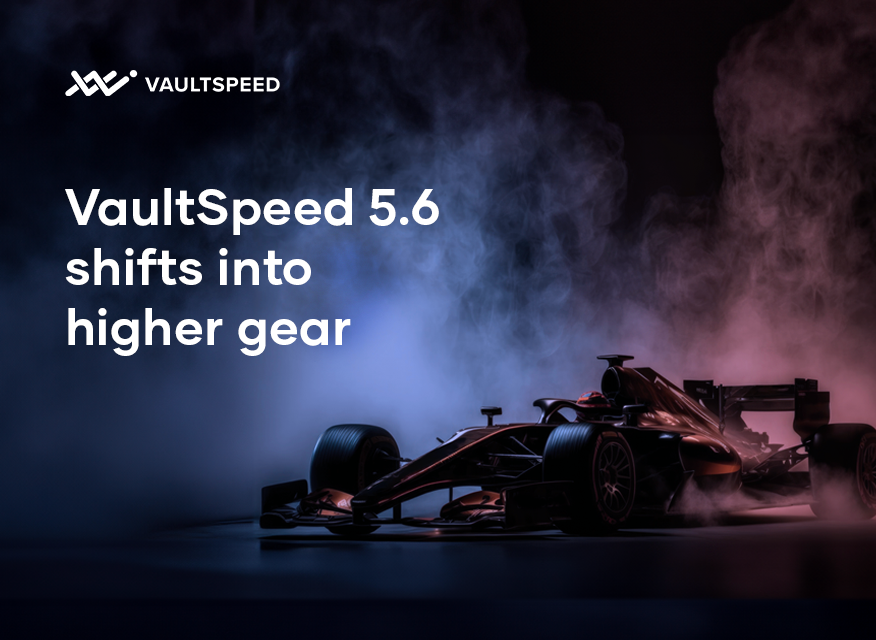
Major performance improvements
VaultSpeed is spelled with a capital “S” for a reason. With the release of version 5.6, we have made significant improvements in the Speed of code generation. Our backend platforms have been updated to enhance the process of pushing your metadata through our automation templates, resulting in faster code generation times. On average, customers will see a 73% improvement in DDL generation and a 27% improvement in ETL code generation for a full generation. Additionally, our release delta detection and delta code generation has increased by 79% on average.
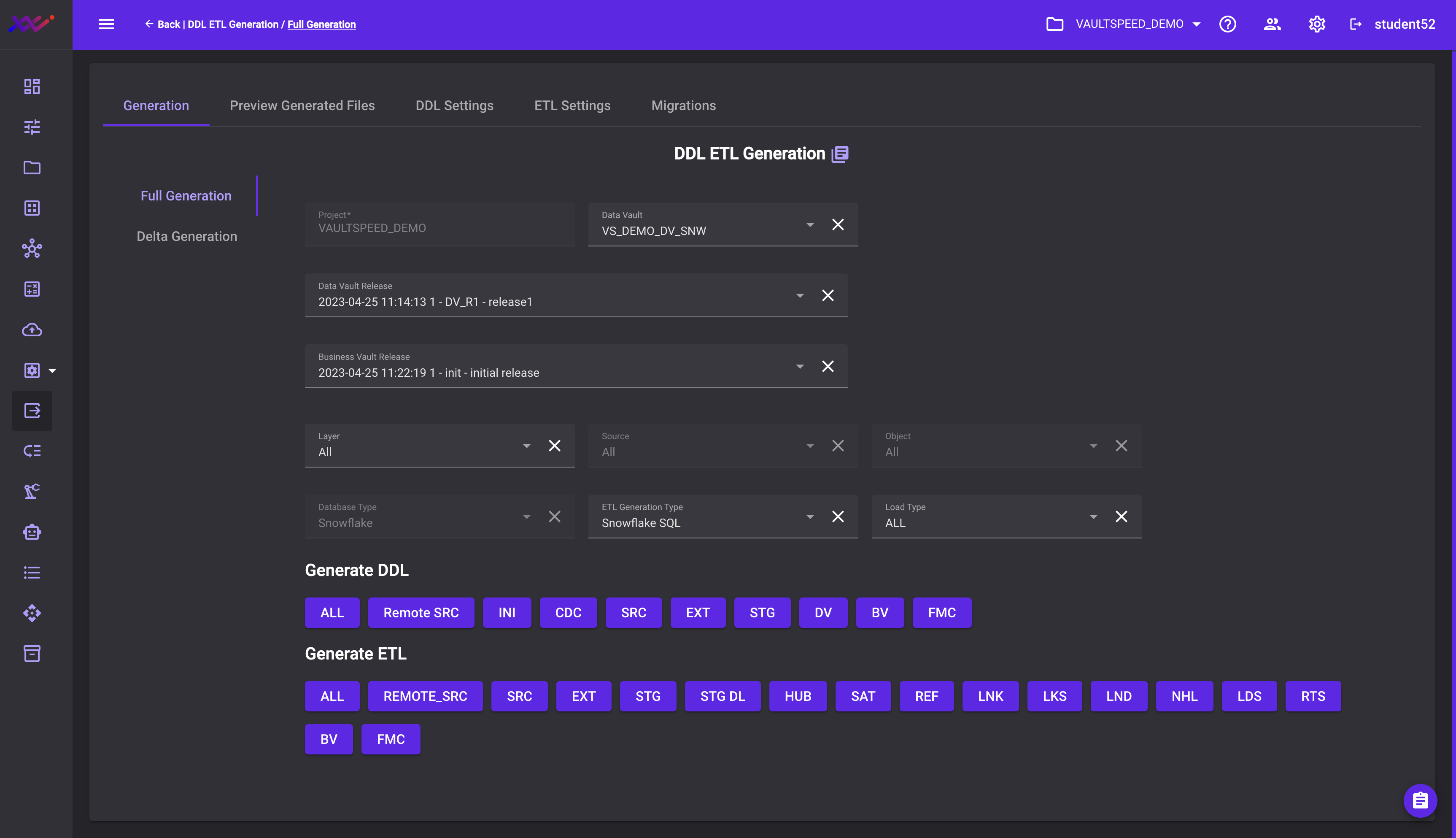
Deployment to Bitbucket git
Bitbucket's latest security requirements necessitate a setup that enables Repository Access Token support. These single-purpose access tokens grant limited permissions for accessing a single repository. VaultSpeed now supports this authentication type out of the box. You can find more information in our docs portal: https://docs.vaultspeed.com/
More flexibility for code generation
Code generations will not only run faster but also be more tailored to your specific requirements. Valuable feedback from customers led to two new features for more flexible code generation.
Firstly, it is now possible to control the generation of mappings during a delta release using two new parameters: DELTA_GENERATE_INIT_MAPPINGS and DELTA_GENERATE_INCR_MAPPINGS. When set to "all", these parameters generate all mappings of that load type, irrespective of whether the underlying object has changed or not. This option is useful when you want to update your entire code set to a certain VaultSpeed version. On the other hand, when set to "new", only the mappings for new objects will be generated. The current default behavior is "changed", where any mapping dependent on an object that has been changed will be regenerated.
We have also added a new feature that allows users to disable VaultSpeed Studio templates. This feature ensures that if any issues are found with the templates, they will not block release locking. Additionally, no code will be generated for these VSS objects. It is also possible to disable DDL and ETL generation separately. This means that you can generate only the DDL for new objects and test the logic before adding the template and generating the ETL. This feature provides more flexibility and control over the generation process and helps to simplify testing and troubleshooting.
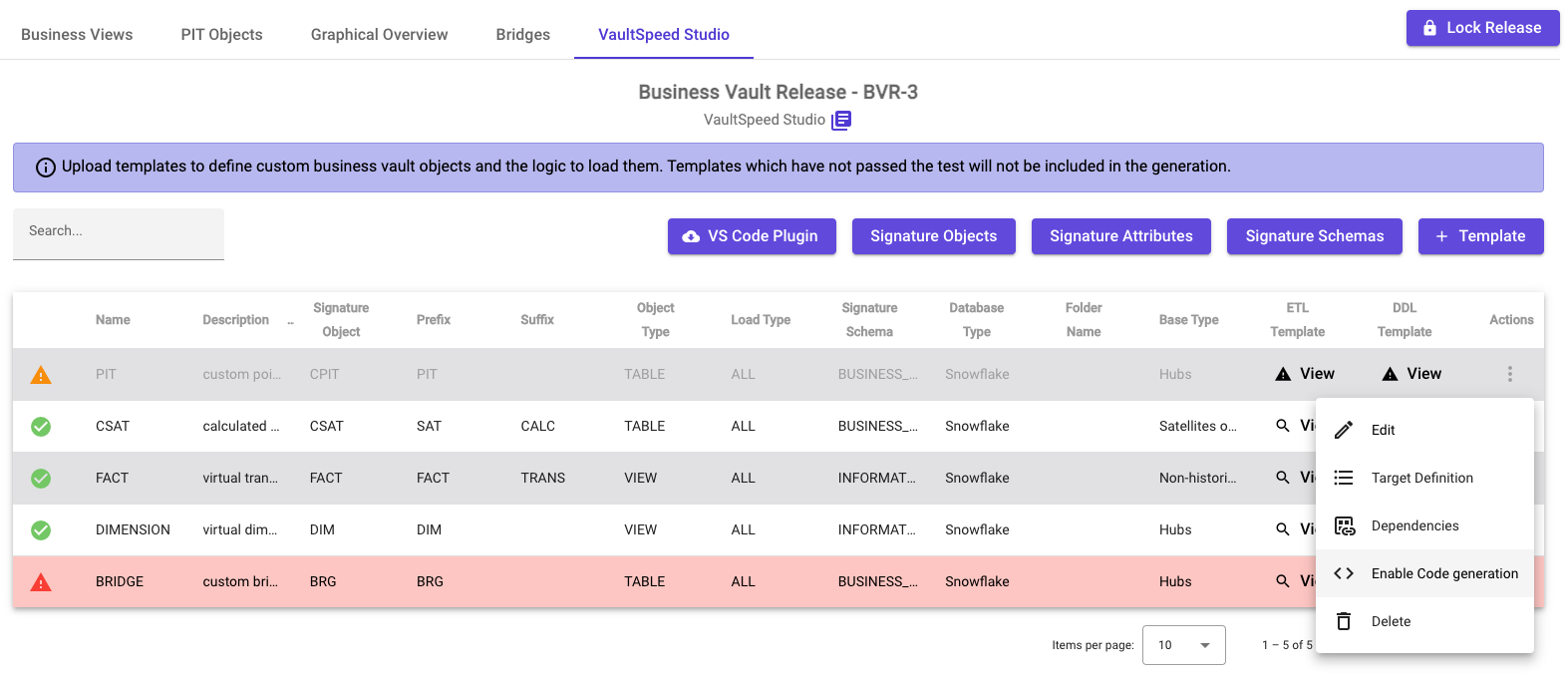
Other changes
- Support is now provided for business views on links across sources (LAS), allowing for easier navigation between related data sources.
- Additionally, binary attributes can now be formatted with user-defined masks, either at the DV level or at the source attribute level (this feature is currently only available on Snowflake).
- More fields are now available for mass update, including PK, UK, other attributes, and a completed flag.
- Finally, we have improved the performance of SAT load on Synapse and SQL server for a faster and more efficient experience.
Read more about release 5.6 in the release notes.
Introducing Role Based Access Control (RBAC)
Additionally, we will launch a beta version of Role-Based Access Control (RBAC) in December 2023. The program will run for a few months, as we plan to make RBAC generally available by the end of February 2024.RBAC is an access control mechanism that restricts system access based on predefined user roles. This feature is designed to enhance security by allowing administrators to manage user permissions more effectively.
We provide some default roles out of the box; a development supervisor will be able to develop in all areas of the SaaS solution, while we also provide roles that cover only the source, raw vault, business vault, or DevOps areas. We also offer a viewer user for team members who need only to view data models.
With the beta version of RBAC, users will be able to test and provide feedback on the feature's functionality, security, and overall performance. Customers who wish to participate in the closed beta program can indicate their interest by completing this form.
